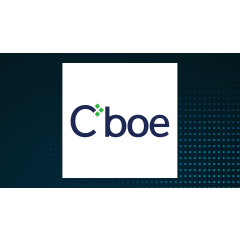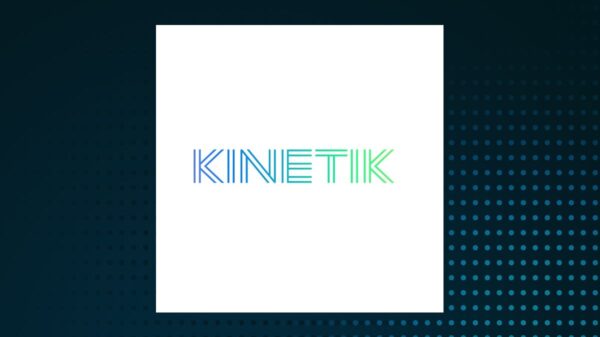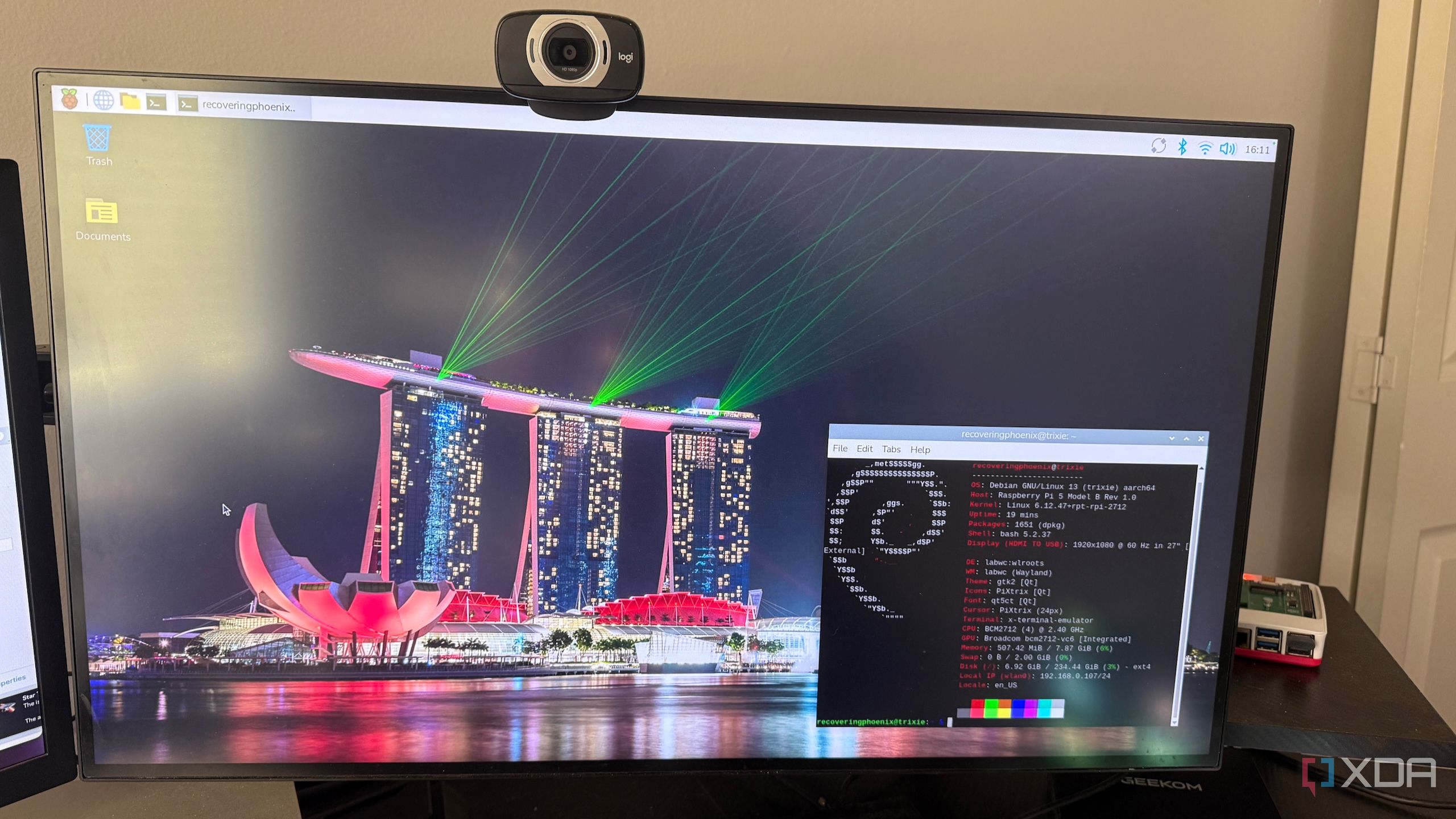URGENT UPDATE: A critical examination of software licensing reveals shocking truths about the definitions of “open-source” versus “source-available” software. This essential distinction is changing how users and developers interact with software, and it’s happening NOW.
New reports indicate that despite the increasing visibility of code, the freedom to modify and redistribute software remains in jeopardy. As companies like Meta and Elastic shift their licensing models, many users are left confused about their rights. This development is impacting the entire tech landscape, and understanding these changes is vital for everyone involved in software development.
The concept of transparency in software development has become a marketing tool, leading many to mistakenly equate “source-available” software with genuine open-source products. This misunderstanding can have real-world consequences, as Meta’s recent release of the Llama model highlights. Although the code is available, its license prohibits commercial use, categorizing it as not truly open-source, despite widespread claims to the contrary.
This confusion is not limited to Meta. Elastic, known for its Elasticsearch platform, transitioned from an open-source license to a source-available model. This shift, aimed at protecting corporate interests, has sparked intense debates about the sustainability of “open” projects. Similarly, Redis, once a hallmark of open-source databases, has restricted its license, limiting commercial use and further muddying the waters.
The implications of these changes are significant. Open-source software, protected by licenses like the GNU General Public License (GPL) and MIT License, grants users the freedom to use, modify, and redistribute software. In contrast, source-available software often restricts these freedoms, preventing community innovation and undermining long-term sustainability.
As the line between open-source and source-available continues to blur, the impact on users is profound. Many users expect the flexibility that comes with open-source software, only to encounter barriers that limit their contributions and self-hosting abilities. This erosion of trust can lead to fewer contributors and less innovation over time.
So, how can users discern the difference? The license is key. Software with OSI-approved licenses allows unrestricted use, while licenses with limitations disqualify the software from being labeled as open-source. Observing community engagement also provides insight; true open-source projects encourage collaboration and community involvement, whereas source-available projects often reserve decision-making for the original creators.
The urgency of this issue cannot be overstated. As software continues to evolve, understanding the distinctions between open-source and source-available software is crucial for fostering a thriving tech community. Supporting true open-source projects means investing in collective progress, while relying on source-available software often benefits a single organization.
Users must act NOW by carefully reviewing licenses before adopting software. The future of collaboration, innovation, and transparency in software hinges on this understanding. By promoting genuine open-source initiatives, the community can ensure that the freedoms promised to users remain intact for generations to come.
In conclusion, the ongoing discussion about software licensing is more than just technical jargon—it’s a matter of user rights, community trust, and the future of innovation. As the tech landscape shifts, staying informed and vigilant is essential for all stakeholders.



































































